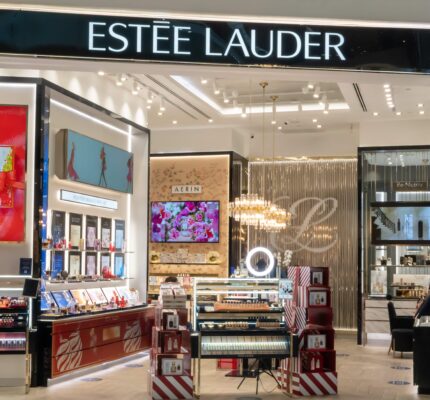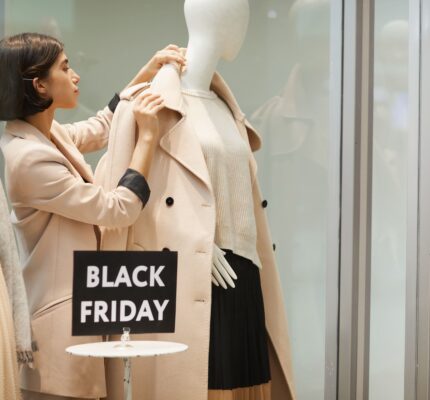A Guide to Visual Merchandising Techniques
A Guide to Visual Merchandising Techniques
What Are Some Great Visual Merchandising Techniques?
If you want to sell as many products as possible to a potentially critical customer base, you’ve got to make sure you present these products in as positive a way as possible. In the retail industry, this is known as “visual merchandising,” but what’s the best way to approach it? Also, what’s the difference between merchandising and visual merchandising? In this guide, we’ll set out what you need to know and give you some good techniques to consider.

Explaining the Concepts
Many people new to the retail industry often ask, “What is merchandising? What is visual merchandising? How do they differ?” They’re related concepts but refer to different aspects of your strategy.
Merchandising includes the entire process of planning, buying and selling your goods within a retail environment. Various factors will guide your merchandising decisions — some outside your control and others not. This can include market trends, product demand, customer preferences and financial objectives.
Visual merchandising deals with the presentation and display of merchandising in the retail space. It includes the creation of visually appealing layouts, displays and declarations that are designed to attract customers. There are many elements involved, including store layout and design, window displays, signage, lighting and much more.
Visual Merchandising Techniques
Here are some key visual merchandising techniques to consider.
Window Displays
This is often the first point of contact between your store and a potential customer. You need to capture their attention and generate interest so they are diverted to the store. Consider thematic elements, eye-catching visuals and creative arrangements, all of which should reflect your brand identity and showcase your products.
Point of Purchase

The point-of-purchase display is placed strategically inside the store within a high-traffic area or next to the checkout counter. The associated displays are meant to encourage impulse purchases by showing certain products in an enticing way. For example, consider a limited-time offer or a special promotion — remember that this type of display must also complement the overall store layout and align with your visual identity.
Product Grouping and Storytelling
Grouping products together based on a trend, theme, or special occasion can create a visually appealing approach that tells a cohesive story to your prospects. You will arrange your products in meaningful ways to communicate a brand narrative. You will also trigger your customers’ imagination and facilitate cross-selling opportunities.
Visual Hierarchy and Focal Points
This visual hierarchy type of merchandising relies on guiding customers’ attention and highlighting specific promotions or key products. To do this, you need to employ certain techniques such as scale variation, strategic placement or colour contrast. You may set up a striking display centrepiece or a product that is strategically illuminated. The objective is to establish a focal point that helps you to create visual interest and drive more sales.
Seasonality 
Take full advantage of specific events and holidays by creating seasonal promotional displays. Use festive decorations or promotional messaging to build a dynamic display that will resonate with your customers’ current needs and desires. Some businesses use this approach for summer clearance sales, a back-to-school promotion or a holiday gift guide. The display should add excitement and urgency to the shopping experience so customers buy there and then.
Understanding Visual Merchandising
These are just some techniques that you can use to improve your visual merchandising. However, don’t forget the difference between merchandising as a general concept and visual merchandising as a specific set of techniques.
Preparing for the Next Promotion
When you’re ready to roll out proactive visual marketing techniques, you may have some promo staffing needs. If so, get in touch with one of the country’s leading event agencies — Eventeem. We can also provide you with general advice and even give you a brief history of event management to help you come up with some ideas.